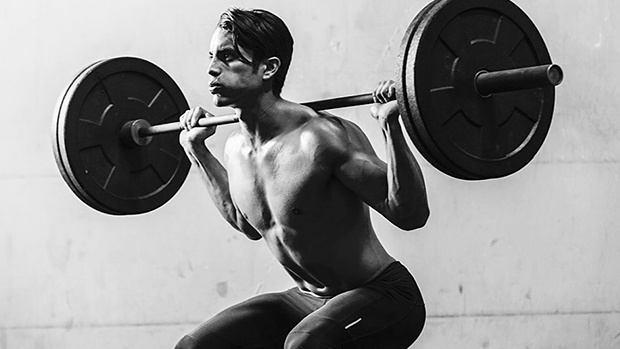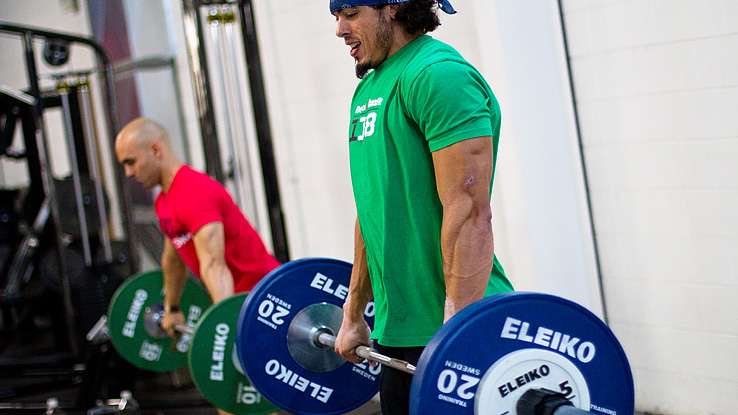Quality, Then Quantity
This is especially relevant to anyone with recurring injury issues, as well as people who are relatively new to lifting. We often become myopic when it comes to the idea of progressive overload, assuming that it always means putting more weight on the bar each week.
Adding load has an important place in legitimate training, but if your biomechanics are shaky, that heavier load will do more to wreck your joints than to make you bigger or stronger. Let's be real for a moment: If you squat 185x10 with collapsing knees and a rounded low back, do you really think it's wise to add more weight?
Sometimes, improved quality simply translates to slowing things down and just exerting better command over the loads you're lifting. If you typically use the "easiest" lifting speed in your constant attempts to add more weight to the bar, you really don't have much margin for continued improvements.
Consider a different approach: Lighten things up and use a 4-second eccentric (negative) tempo. Then pause for a full second at the bottom, and finally, return to the start position with an aggressive but controlled concentric.
Muscles only know stress, not how much weight you're using. Most people report significant soreness after trying this technique, despite using lighter weights.
One additional perk is that slowing things down serves to increase confidence. After all, if you can lift a given weight using a slower, more difficult tempo, it means you've got some margin available for heavier weights next time out.




